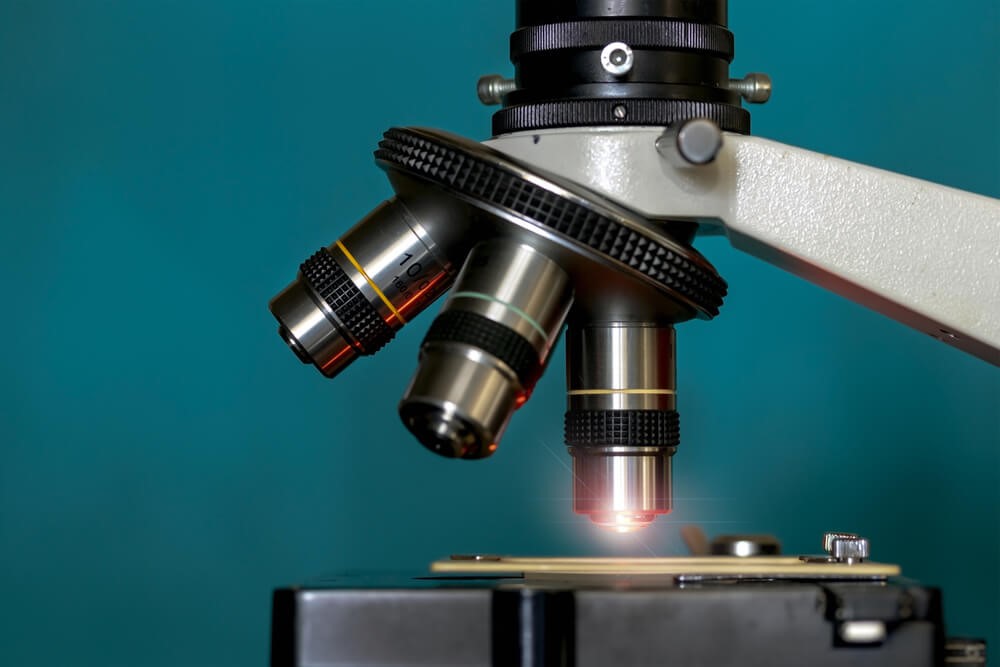Unpacking the Visuals – Xanthelasma vs. Milia Differences
Unpacking the Visuals – Xanthelasma vs. Milia Differences
You lean in closer to the mirror, your focus narrowing on a single, tiny imperfection. There, on the delicate skin around your eye, is a small, pale bump. It wasn’t there last month, or maybe it was, and you are just now truly seeing it. An immediate and familiar wave of self-scrutiny washes over you. What is it? A stubborn whitehead? A sign of fatigue? Or is it something else? This moment of discovery sends many of us on a frantic online search, a digital detective mission to identify the unwelcome guest on our own face.
In this quest for answers, two names frequently surface: xanthelasma and milia. They are the most common culprits for bumps around the eyes, yet they are as different as night and day. They may share the same neighborhood, but they live in entirely different houses, are built from completely different materials, and tell two vastly different stories about your skin and your health. Confusing them is easy. Understanding them is essential. Unpacking their visual and biological differences is the first, most crucial step in moving from a state of anxious uncertainty to one of empowered clarity.

The Moment of Discovery: Why We Confuse Them
The confusion is understandable. Both xanthelasma and milia are small. Both favor the delicate periorbital region, the skin around the eyes. From a distance, in a dimly lit room, they might even seem like cousins. But the moment you take a closer look, the moment you understand what you are truly seeing, their profound differences become starkly clear.
Think of them as two different types of geological formations appearing in the same landscape. One is a soft deposit of sediment, the other is a hard, crystalline rock. To the untrained eye, they are both just bumps on the terrain. To the informed observer, they are distinct entities with unique origins and entirely different implications.
A Tale of Two Bumps: The Defining Characteristics of Milia
Let’s begin with the most common and least concerning of the two: milia. A milium cyst is a tiny, hard, white or pearly bump. Many people refer to them colloquially as “milk spots,” especially when they appear on infants, but they are incredibly common in adults as well.

What Are They Made Of? The Keratin Pearl
The story of a milium is simple. It is a tiny, keratin-filled cyst. Keratin is a protein that serves as the primary building block for your hair, skin, and nails. A milium forms when a little plug of these dead skin cells and keratin becomes trapped beneath the skin’s surface instead of being sloughed off naturally. It fails to find an exit and becomes a tiny, self-contained pearl. It has no root and no connection to a pore in the way a pimple does.
The Visual and Tactile Signature
Milia have a very specific look and feel that sets them apart.
- Color: They are typically a stark white, off-white, or pearly yellow.
- Shape: They are distinct, dome-shaped bumps, like a tiny bead just under the skin.
- Texture: This is their key identifying feature. Milia are hard. If you were to gently press on one, it would feel firm and unyielding, like a tiny grain of sand.
- Medical Meaning: Medically, milia are completely harmless. They are a purely cosmetic issue and carry no implications for your underlying health. They are simply a minor, and sometimes annoying, quirk of the skin’s renewal process.

The Profile of Xanthelasma: A Story of Cholesterol
Now, let’s turn our attention to the other suspect. Xanthelasma plaques are a different beast entirely. While they also appear around the eyes, their origin, composition, and significance could not be more different from that of milia.
What Are They Made Of? The Cholesterol Deposit
The story of xanthelasma begins not in the skin, but in the bloodstream. A xanthelasma plaque is a localized accumulation of fats, primarily cholesterol. The process involves immune cells called macrophages, which absorb excess cholesterol that has leaked from fragile blood vessels in the eyelids. When these cells become engorged with fat, they cluster together, forming the visible plaque. They are, in essence, a soft deposit of buttery fat.

The Visual and Tactile Signature
Xanthelasma’s characteristics are a direct contrast to those of milia.
- Color: They are distinctly yellow, ranging from a pale, creamy hue to a deeper, more pronounced buttery yellow.
- Shape: They are often flatter and more spread out than milia. They can be a flat patch (a macule) or a slightly raised plaque, but they rarely form a perfect, hard dome. They often have irregular borders and can merge to form larger patches.
- Texture: This is the other critical differentiator. Xanthelasma plaques are soft. If you were to gently press on one, it would feel pliable and semi-solid, not hard like a tiny rock.
- Medical Meaning: This is the most profound difference. The presence of these benign growths called xanthelasma can be a significant health signal. For about half the people who have them, they are a visible marker of high blood cholesterol or other lipid disorders, conditions that are risk factors for cardiovascular disease.

The Visual Side-by-Side: A Clear Comparison
To make the distinction as clear as possible, let’s place them side by side. Seeing their characteristics in a direct comparison can be the “aha” moment that solidifies your understanding.
Characteristic: Xanthelasma vs. Milia
- Primary Color: Yellow vs. White or Pearly
- Texture to the Touch: Soft and pliable vs. Hard and firm, like a bead
- Composition: Cholesterol and fats vs. Keratin and trapped skin cells
- Typical Shape: A flat patch or soft, raised plaque vs. A tiny, distinct, dome-shaped pearl
- Medical Significance: A potential sign of high cholesterol vs. A harmless cosmetic annoyance

The Human Experience: Why the Difference Matters So Much
On the surface, this might seem like a simple exercise in dermatological trivia. But in reality, the difference between xanthelasma and milia is of critical importance. Misidentifying a xanthelasma plaque as “just a milium cyst” could lead you to ignore a vital clue about your cardiovascular health. It could mean delaying a conversation with your doctor and a simple blood test that could provide life-saving information.
The anxiety of not knowing is heavy. But the danger of misknowing can be far greater. This is why seeking a professional medical diagnosis for any new or changing skin growth is not just a good idea, it is the only responsible course of action. A dermatologist can often distinguish between these two conditions in a matter of seconds with a simple visual examination, providing you with the certainty you need to move forward.

Your Clear Path Forward Starts Here
You have now unpacked the crucial visual and biological differences between xanthelasma and milia. Once you have that professional clarity from a doctor, and if the diagnosis is indeed xanthelasma, you can then confidently address the cosmetic aspect of the condition. After taking the essential steps to manage your health with your medical team, you can turn your attention to the reflection in the mirror. It is time to discover Xanthel ® Gel, a professional-grade cosmetic gel expertly formulated to visibly diminish the appearance of xanthelasma plaques.
Xanthel ® – Helping With The Cosmetic Appearance Of Xanthelasma
You do not have to let these yellow marks define your confidence. Xanthel ® Gel offers a direct, targeted approach to cosmetic improvement that you can use in the privacy of your own home. Its selectively formulated composition is engineered to work on the aesthetic appearance of the plaques, helping to restore the skin’s natural, clear look. For many, a single, straightforward application is all that is needed to see a dramatic and gratifying cosmetic change.
Created to be effective across all skin tones, Xanthel ® Gel is your specialized ally. This is not a medical treatment, but a dedicated cosmetic solution for anyone seeking to visibly refine the skin around their eyes. Your kit is delivered with free worldwide delivery, bringing the path to a clearer appearance directly and discreetly to you. Choose clarity. Choose confidence. Choose the targeted cosmetic power of Xanthel ® Gel and begin the journey back to seeing your own, familiar, confident face in the mirror.

Xanthel ® Cosmetic Gel
A focused cosmetic gel formulated specifically to improve the appearance of eyelids bearing xanthelasma plaques. Its composition is selectively designed for cosmetic impact across all skin tones, offering a straightforward, at-home option for managing the look of these blemishes.
A Singular Application
The power of Xanthel ® is in its simplicity. It is formulated for a single, one-time cosmetic application. This focused approach is designed to visibly diminish the appearance of xanthelasma plaques, removing the need for daily or repeat uses.
Legal: This product is for cosmetic use only. Not intended to diagnose, treat, cure, or prevent any medical condition. Consult a healthcare professional regarding skin conditions. Xanthel ® is custom-formulated based on your plaque characteristics, age, and skin tone to ensure optimal cosmetic effectiveness for your xanthelasma.